Ijo (이조)
324.6M 2021-03-26
8, Insadong 3-gil, Jongno-gu, Seoul
+82-2-730-7610
Galbijjim (braised short ribs) is a traditional Korean menu of ribs seasoned with soy sauce. This Korean dishes restaurant is located in Jongno-gu, Seoul. The representative menu is braised short ribs.
Daeseong Hanjeongsik (대성한정식)
325.3M 2021-03-30
10, Insadong 3-gil, Jongno-gu, Seoul
+82-2-734-4407
It is a hidden famous restaurant in Insa-dong. The best menu at this restaurant is soy sauce marinated crab set menu. This Korean table d'hote restaurant is located in Jongno-gu, Seoul.
Onion (Sucursal de Anguk) (어니언 안국)
335.6M 2024-04-18
Gyedong-gil 5, Jongno-gu, Seúl
Yeojingop (여진곱)
338.9M 2021-03-19
430, Samil-daero, Jongno-gu, Seoul
+82-2-762-5157
A gopchang (intestine) restaurant located near Nakwon Music Mall. The best menu at this restaurant is beef small intestine hot pot/pork small intestine hot pot. This is a Korean cuisine located in Jongno, Seoul.
Matborae Jeukseok Tteokbokki (맛보래즉석떡볶이)
339.5M 2021-03-19
9, Insadong, 3-gil, Jongno-gu, Seoul
+82-2-720-4831
A spicy rice cakes specialty restaurant located in Insa-dong, Seoul. The most famous menu is stir-fried rice cake with cheese. Jjajang tteokbokki is also delicious.
Museo Alive (en Insa-dong) (박물관은 살아있다(인사동점))
374.3M 2025-08-13
Insadong-gil 12, Jongno-gu, Seúl
Con una extensión de más de 1.280 ㎡, el Museo Alive, inaugurado el 6 de marzo de 2014, está situado en Insa-dong, un vecindario conocido por su mezcla de ambientes, tanto históricos como modernos. Las exposiciones incluyen obras de efectos ópticos, objetos artísticos y contenido multimedia, entre otros. Más de 100 piezas está expuestas en las salas.
Dynamic Maze (en Insa-dong) (다이나믹 메이즈 (서울 인사동점))
374.3M 2021-03-10
Insadong-gil 12, Jongno-gu, Seúl
Dynamic Maze es una atracción muy divertida recomendada para aquellos que gustan mirar programas de variedades coreanos. Este lugar en particular apareció en el popular programa ‘Running Man’.
Para disfrutar a pleno de su tiempo en el laberinto, asegúrese de guardar todos sus artículos personales (móvil, cámaras, etc.) en un casillero antes de entrar. Diseñado con el concepto de "escapar del laberinto en la ciudad", Dynamic Maze ofrece 16 misiones únicas para cumplir. Las reglas del juego son bastante simples: una vez que entre por las fauces del haechi (animal mitológico coreano), se le irán presentando las misiones de una en una. Deberá encontrar el camino correcto a través de un laberinto de espejos, trepar muros usando una cuerda, gritar por encima de los 100 decibeles y más. El tiempo necesario para cumplir las misiones varía según el grupo, pero el promedio ronda entre 35 y 50 minutos.
Consejo) Dynamic Maze se visita en equipos de al menos dos personas, y el horario de inicio se establece en base al orden de llegada de los participantes. Una vez ingresado un equipo, el siguiente recién podrá hacerlo 10 minutos después, por lo que si la lista de espera se completa para esa tarde, no podrá realizar la experiencia. Ya que las actividades de las misiones exigen mucho movimiento, tanto varones como mujeres deben vestir pantalones.
Parque Abierto Songhyeon (열린송현녹지광장)
388.0M 2025-05-28
Songhyeon-dong 48-9, Jongno-gu, Seúl
Gongpyeongdong Kkomjangeo (공평동꼼장어)
393.6M 2021-03-26
29, Ujeongguk-ro, Jongno-gu, Seoul
+82-2-738-1769
It is a place where you can eat in the atmosphere of a cart bar that is often featured in Korean dramas. The best menu at this restaurant is grilled sea eel. This Korean dishes restaurant is located in Jongno-gu, Seoul.
The Sool Gallery (전통주갤러리)
408.8M 2025-05-28
Bukchon-ro 18, Jongno-gu, Seúl
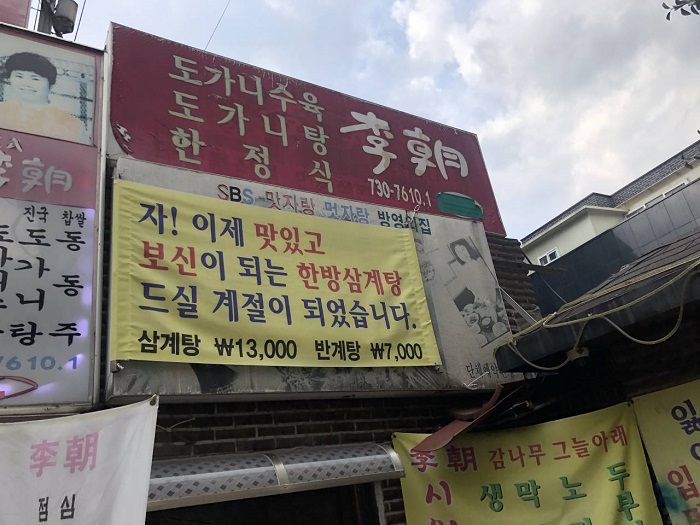
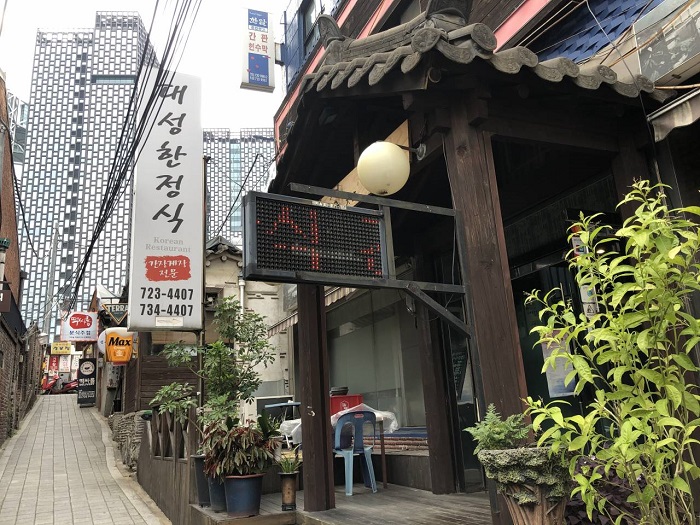
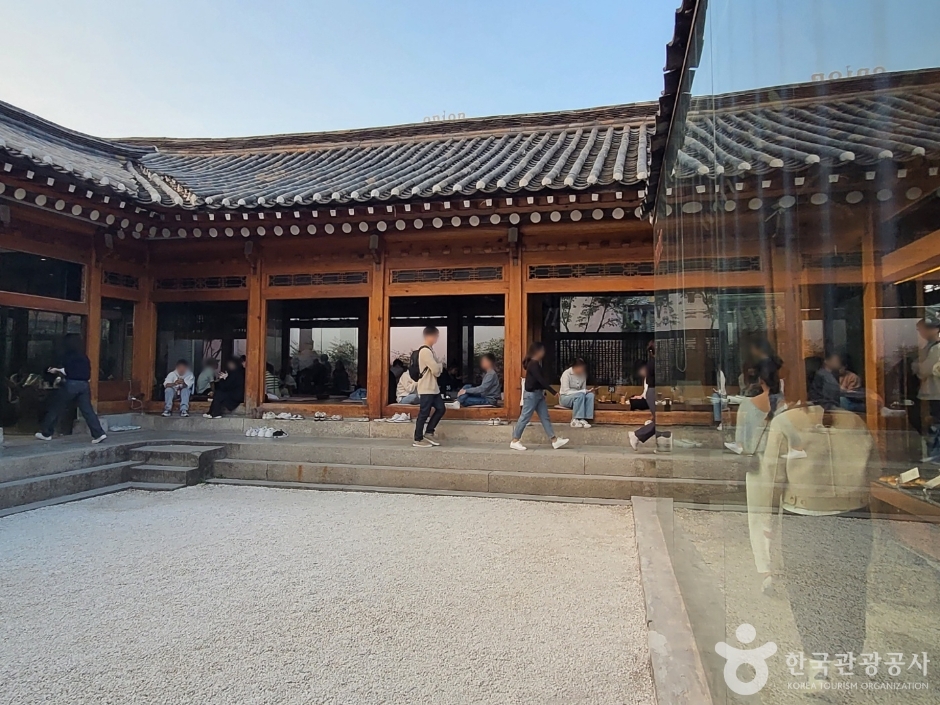
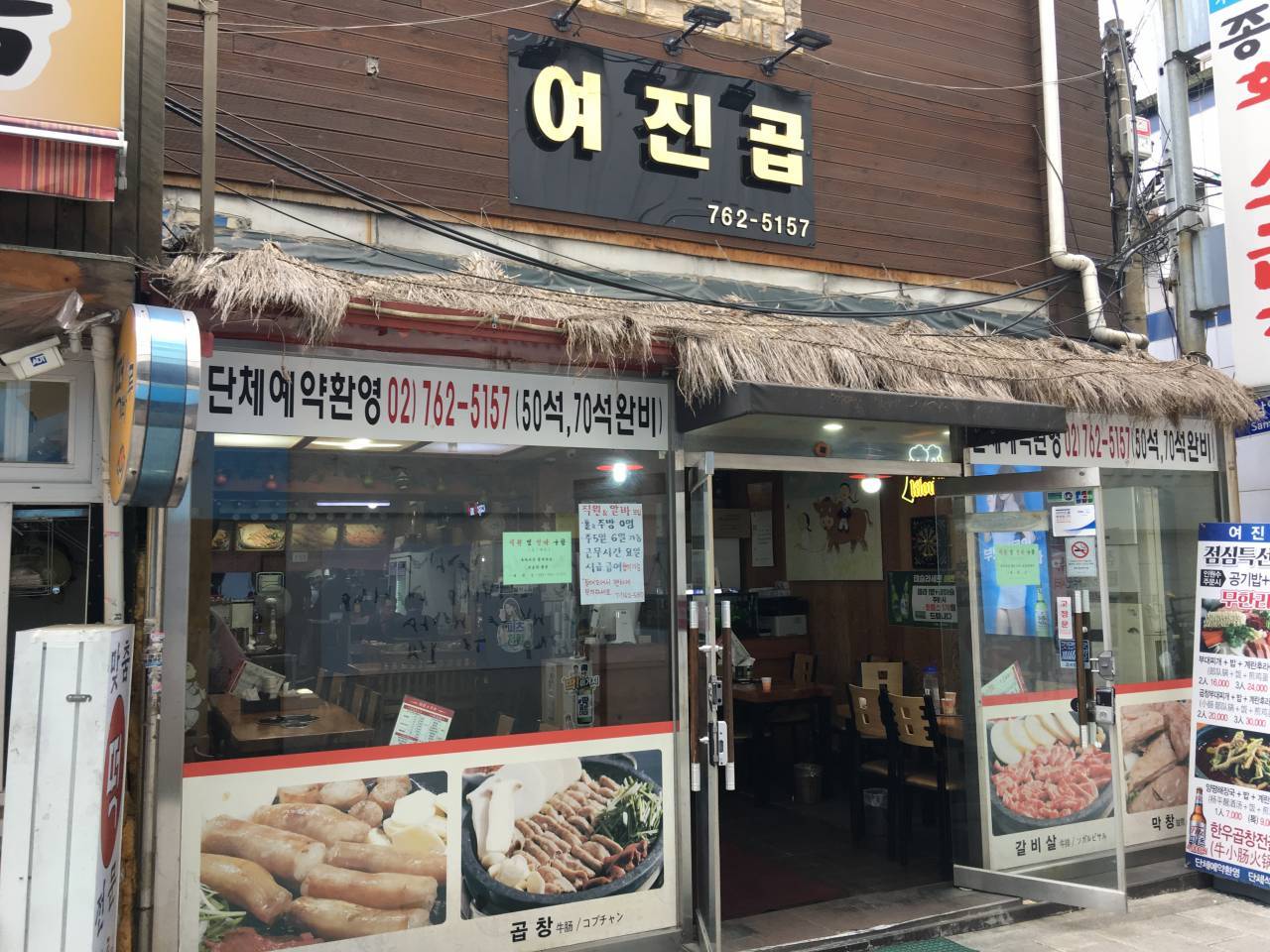
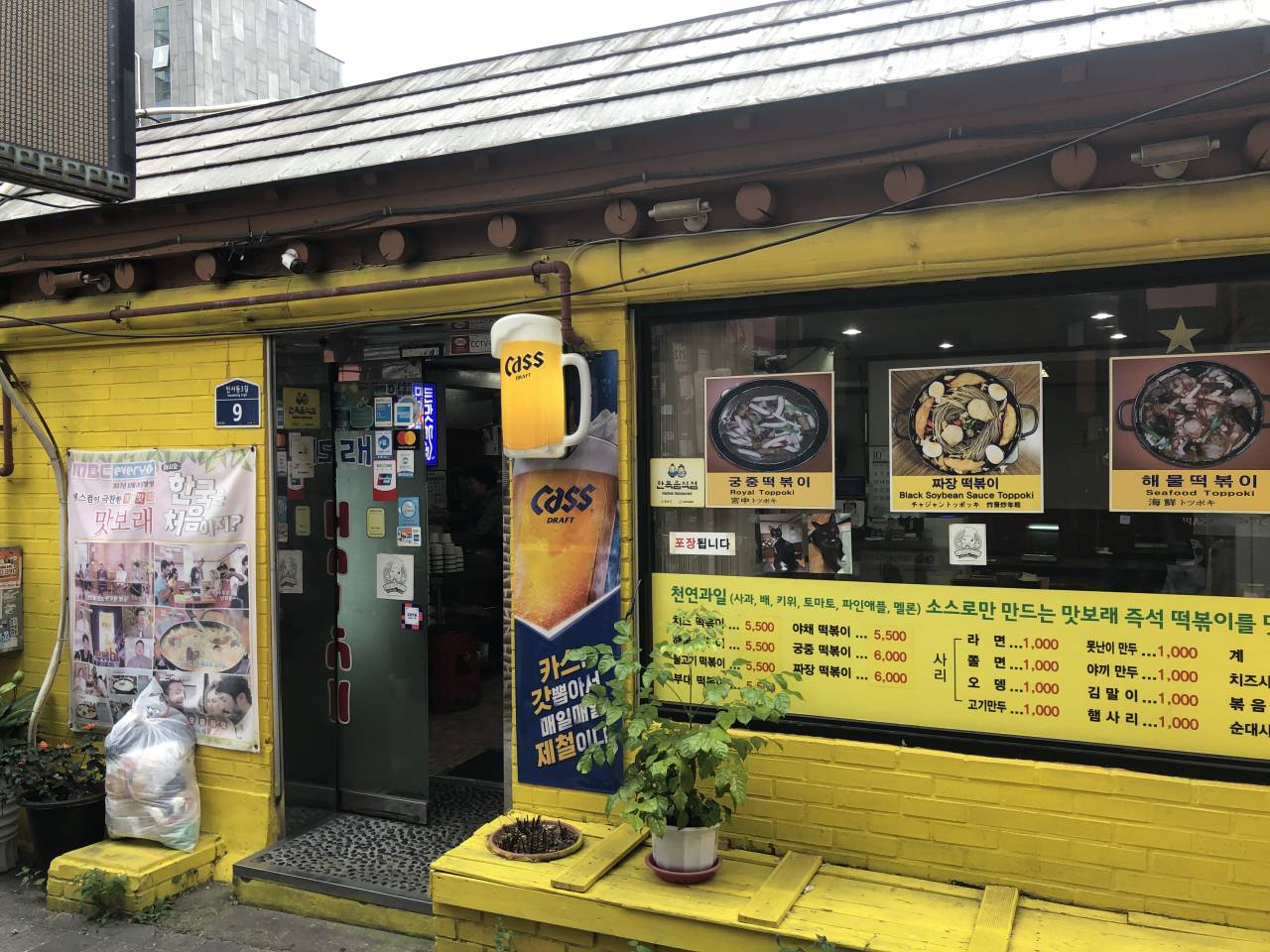

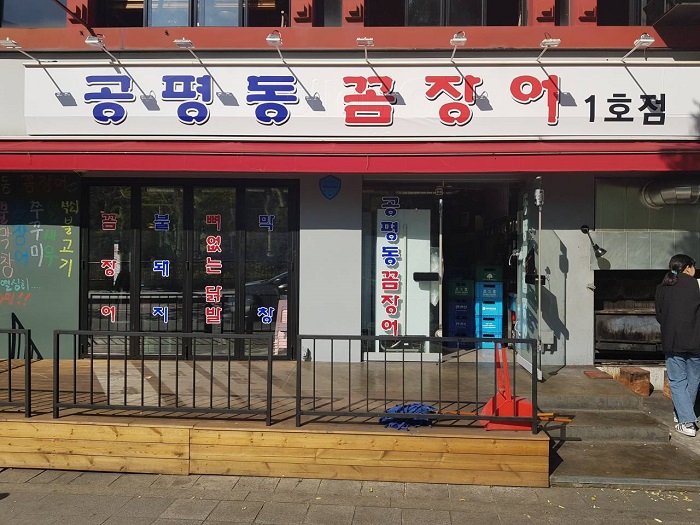
 Español
Español
 한국어
한국어 English
English 日本語
日本語 中文(简体)
中文(简体) Deutsch
Deutsch Français
Français Русский
Русский